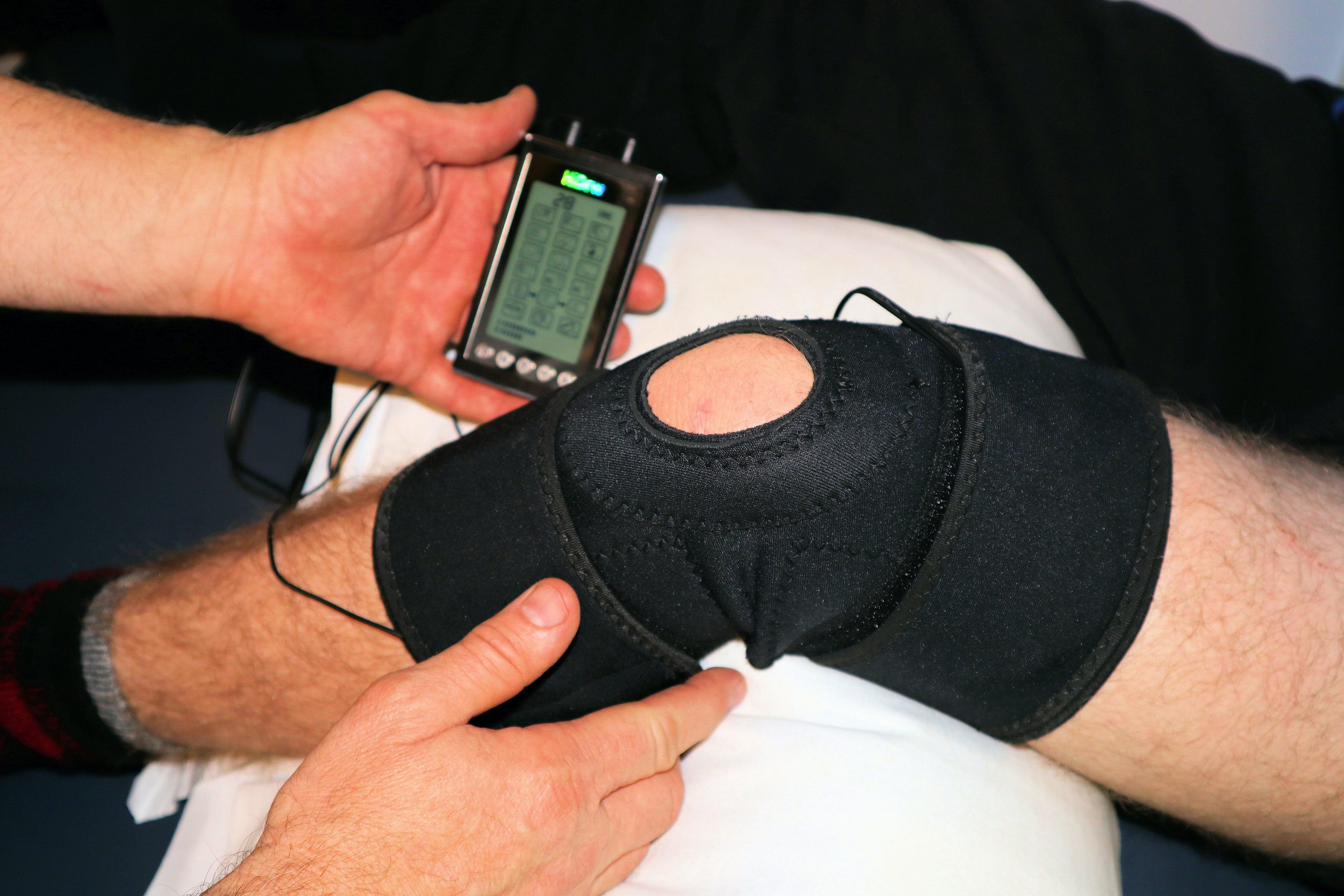
Injuries can be a dramatic disappointment to a fitness routine. Whether caused by the actual exercise or for another reason, a serious injury can wreak havoc to a health and movement routine for weeks and even months.
A sprained ankle easily takes a person out for about four weeks. A severely pulled or partially torn hamstring can last up to six months. And broken bones, obviously, can take months to fully heal and work properly again. That doesn’t mean a person entirely stops exercising. Instead, one has to adapt and change your approach.
Isolate the Injury to Work Around It
Obviously, the last place one wants to exercise is the injured part of the body. However, based on the extent of the injury, the rest of the body may still be fine. One needs to keep in mind, though, that the body is interconnected. So, a common mistake is for another part of the body to overcompensate for the injured part, and one ends up creating two injuries by doing so. Instead, the focus should be on what kind of exercise can be done with low or no impact. For example, if the injury is the ankle or knee, hard running or pounding is a bad idea. Swimming, which relies on the arms far more, will retain cardio training as well as keep the upper body fit with muscle work and full body workout.
based on the extent of the injury, the rest of the body may still be fine. One needs to keep in mind, though, that the body is interconnected. So, a common mistake is for another part of the body to overcompensate for the injured part, and one ends up creating two injuries by doing so. Instead, the focus should be on what kind of exercise can be done with low or no impact. For example, if the injury is the ankle or knee, hard running or pounding is a bad idea. Swimming, which relies on the arms far more, will retain cardio training as well as keep the upper body fit with muscle work and full body workout.
Focus on Retention of Muscle
Where the injured part can move and can work to some extent, continuing to do fitness work in a restrained fashion will help. If the arm or leg has a pulled muscle, it’s usually in one motion or aspect. Using fitness machines that isolate work on specific muscle sets helps allow you to continue fitness on uninjured parts without risking more damage to the area hurt. Just remember, you will need to eventually even things out. Over-building muscles in one direction or motion ends up making the weak part prone to injury when it eventually tries to compensate in full movement. Expect that when recovery is complete, you will need to work up the formerly injured side again to balance things out.
Don’t Forget to Rest
Part of recovering from an injury also means allowing the body to rest and recover so the healing processing works faster. A good amount of recovery time can be reduced with serious rest, ice and heat rotation to boost circulation, a heavier intake of protein for muscle repair, and sufficient minerals and vitamins as well. Feed your body to work double-time to repair.
Stretching Helps Avoid Scarring
When possible, start stretching as early as possible. Muscle tears are notorious for scarring, which can turn in subsequent injuries and tears later on. Stretching helps reduce scarring to an injured area and allows the muscles to heal correctly. That helps with a full recovery and return to a full capacity later on.
Finally, take advantage of your injured state to kick up your positive side with a bit of humor. Believe it or not, your mental state is just as much a part of your system’s recovery as your stomach. A good attitude with a positive outlook consistently helps with faster and better recovery than people who focus on the negative and only see what’s wrong with the current injury and inability to do a full fitness routine. Get happy and heal faster!

